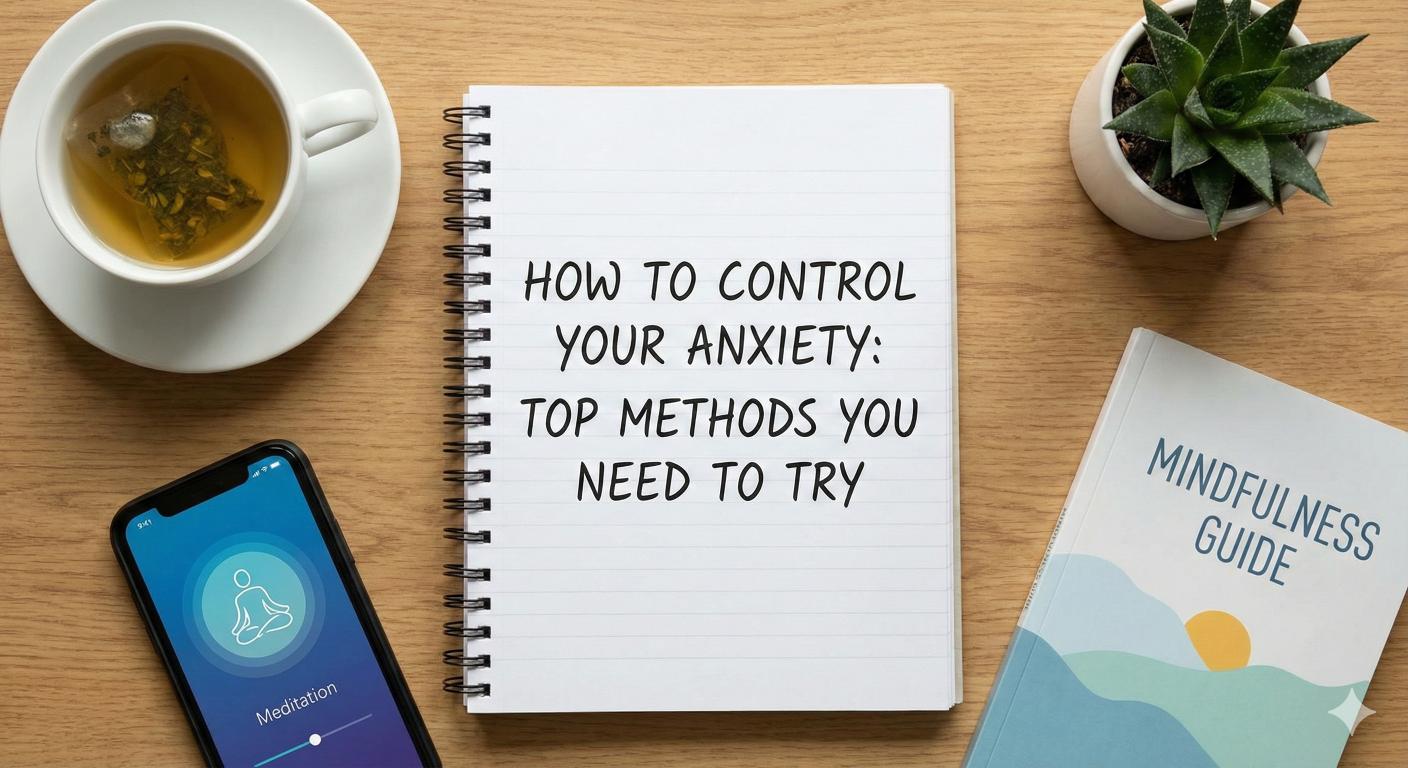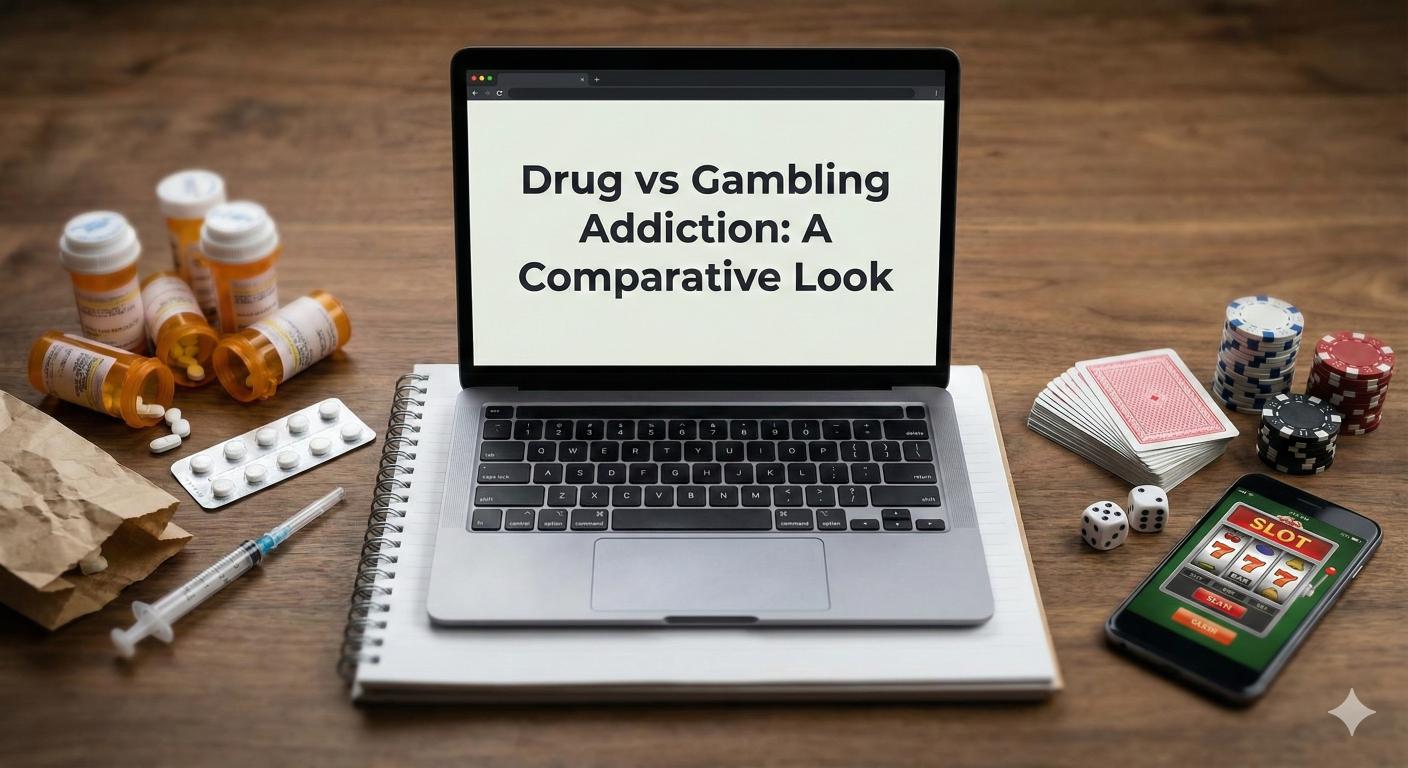Exposing the Binge-Purge Cycle of Bulimia Nervosa
Discover bulimia nervosa: the binge-purge cycle explained, including signs, health risks, and treatment options.


Understanding Eating Disorders
Eating disorders encompass a range of psychological conditions characterized by abnormal or disrupted eating habits. They can take on various forms and have unique impacts on individuals struggling with these disorders.
Types and Distinctions
There are several types of eating disorders, each with specific behaviors and symptoms. Below is a summary of the most common types:
Type of Eating DisorderDescriptionBulimia NervosaCharacterized by cycles of binge eating followed by purging (vomiting, laxative use, excessive exercise). Individuals often maintain a normal weight.Binge Eating DisorderInvolves recurrent episodes of eating large quantities of food without purging, leading to feelings of guilt or shame. Typically associated with overweight or obesity.Anorexia NervosaDefined by self-starvation, extreme dieting, and excessive exercise. Individuals are usually underweight.OrthorexiaAn unhealthy obsession with eating only healthy foods, leading to restrictions and nutrient deficiencies.Avoidant/Restrictive Food Intake Disorder (ARFID)Characterized by avoiding certain foods based on texture, smell, or other sensory characteristics, rather than due to weight concerns.
For more detailed information on these types, visit understanding eating disorders: types and symptoms.
The distinction between these disorders is crucial, as each has different treatment approaches, symptoms, and potential health outcomes. For instance, while individuals with bulimia nervosa may have a normal weight, those with binge eating disorder typically struggle with overweight or obesity.
Impact on Individuals
The impact of eating disorders is profound and extends beyond physical health. Many individuals experience severe psychological effects, including anxiety, depression, and feelings of shame. The binge-purge cycle in bulimia nervosa often leads to a feeling of loss of control over eating behaviors, resulting in significant emotional distress.
The social implications cannot be overlooked either. Stigmas associated with body image and eating habits can lead to isolation and strained relationships. Many individuals with bulimia engage in binge eating in secret, compounding feelings of guilt and shame.
The consequences of eating disorders also extend into long-term health risks. Individuals with bulimia can face numerous health complications due to the damaging effects of purging behaviors, including electrolyte imbalances, gastrointestinal problems, and dental issues [1].
Recognizing the complexities of eating disorders is vital for promoting understanding and empathy, as well as for guiding individuals toward appropriate resources for help. For a deeper exploration of how social media influences body image and eating disorders, see the impact of social media on body image and eating disorders.

Bulimia Nervosa Overview
Definition and Behavior
Bulimia nervosa is a serious eating disorder characterized by a cycle of binge eating followed by compensatory behaviors aimed at preventing weight gain. A person with this condition may consume large amounts of food in a single sitting and feel a loss of control during these episodes. Following the binge, they often engage in unhealthy behaviors such as vomiting, misuse of laxatives, or excessive exercise to rid themselves of the consumed calories. This pattern of eating and purging leads to significant physical and psychological distress [2].
Individuals with bulimia often suffer from feelings of guilt and shame about their eating habits and are preoccupied with their body image. This disorder is more than just a focus on food; it's deeply connected to self-esteem issues and how individuals perceive themselves.
Comparison to Binge-Eating Disorder
While bulimia nervosa and binge-eating disorder share similarities, they are distinct conditions. In bulimia, individuals engage in both binge eating and purging behaviors, while those with binge-eating disorder do not purge or use compensatory behaviors after binging [1].
Here is a comparative overview of bulimia nervosa and binge-eating disorder:
FeatureBulimia NervosaBinge-Eating DisorderBingesYesYesPurging BehaviorsYes (vomiting, laxatives)NoCompensatory BehaviorsYes (fasting, excessive exercise)No (may diet but typically leads to more binges)Weight StatusTypically normal weightOften overweight/obeseEmotional DistressHigh guilt and shameLess emphasis on negative feelings about weight
Understanding these distinctions is crucial for recognizing the unique challenges individuals face and for guiding effective treatment and support strategies. For more details on various eating disorders, visit our article on understanding eating disorders: types and symptoms.

Signs and Symptoms of Bulimia
Recognizing the signs and symptoms of bulimia nervosa is crucial for early intervention and treatment. This eating disorder manifests in various physical and behavioral indicators, as well as psychological effects.
Physical and Behavioral Indicators
Individuals with bulimia nervosa typically exhibit several physical symptoms due to the binge-purge cycle. These can include:
Physical SymptomsDescriptionDental IssuesErosion of tooth enamel from stomach acid due to self-induced vomiting; dental decay.Sore ThroatFrequent vomiting can lead to inflammation and irritation of the throat.Swollen GlandsSwelling in the salivary glands, providing a puffy appearance to the face.GI ProblemsBingeing and purging can result in gastrointestinal issues, such as constipation and bloating.
The behavioral patterns associated with bulimia include:
Psychological Effects
The psychological impact of bulimia can be profound and may include:
Psychological SymptomsDescriptionLow Self-EsteemFeelings of inadequacy and lack of self-worth linked to body image.AnxietyIntense worry about weight and body shape, leading to increased stress.DepressionFeelings of sadness or hopelessness that often co-occur with the disorder.Obsessive ThoughtsPreoccupation with food, weight, and body image that consumes a significant amount of mental energy.
Individuals with bulimia nervosa often experience cycles of guilt and shame after bingeing and purging, reinforcing negative feelings about themselves. If you or someone you know shows these symptoms, it is crucial to seek professional help and support. Early recognition and intervention can lead to improved recovery outcomes. For more information on eating disorders, consider reading about understanding eating disorders: types and symptoms.

Health Consequences of Bulimia
Bulimia nervosa can lead to serious health consequences, affecting both physical and psychological well-being. Understanding these repercussions is crucial for recognizing the severity of this eating disorder.
Dental Issues and Physical Complications
One of the most immediate physical concerns for individuals with bulimia nervosa is the impact on dental health. The act of self-induced vomiting introduces stomach acid into the mouth, which can severely erode tooth enamel. This erosion may result in a range of dental problems, including:
Dental IssuesDescriptionErosion of EnamelLoss of the protective outer layer of teeth, making them more susceptible to cavities and decay.Stained TeethDiscoloration caused by acid exposure and poor oral hygiene.Loose TeethWeakening of teeth leading to potential loss if not treated.Gum InflammationSwelling and irritation of gum tissue due to acid contact and reduced saliva flow.
Additional physical symptoms may include sore throats and swollen glands, compounding the adverse effects of this disorder [1].
Long-Term Risks
The long-term health implications of bulimia nervosa extend beyond dental issues. Purging can lead to dangerous side effects such as dehydration, which disrupts the body’s electrolyte balance. This can escalate to severe complications, including:
Health RisksDescriptionIrregular HeartbeatElectrolyte imbalances can affect heart function, potentially leading to arrhythmias.Kidney FailureDehydration and imbalances put significant strain on kidney function.Hormonal ImbalancesAltered hormonal levels may lead to fatigue, menstrual cycle disruptions, and fertility issues.Hair and Skin ConditionsNutritional deficiencies can result in dry, frizzy hair, breakage, and hair loss.
Prolonged purging can also jeopardize pregnancy, contributing to miscarriages, premature birth, and potential birth defects [4]. There is a significant risk of long-lasting physical and psychological damage, highlighting the importance of addressing bulimia nervosa in a comprehensive treatment approach.
Understanding these health consequences underscores the need for awareness and intervention, as individuals struggling with bulimia may often overlook these symptoms in the face of their eating disorder. For further reading on the impact of bulimia and other eating disorders, you can explore understanding eating disorders: types and symptoms.

Treatment Approaches for Bulimia
Treating bulimia nervosa involves a combination of psychological therapy and medical intervention. This multifaceted approach aims to address both the mental and physical aspects of the disorder, helping individuals break free from the binge-purge cycle.
Therapy Options
Cognitive-behavioral therapy (CBT) is regarded as the primary treatment for bulimia. This therapeutic approach focuses on modifying unhealthy eating behaviors and the negative thoughts linked to the eating disorder. CBT aims to help individuals confront and disrupt the binge-purge cycle, fostering healthier attitudes towards food and body image. Studies show that individuals undergoing CBT often see significant improvements in their eating behaviors and overall mental health.
Other therapeutic options may include:
For more information on these therapies, check out our articles on cognitive-behavioral therapy (CBT) for eating disorders and family-based treatment for eating disorders.
Medical Interventions
Medical treatment for bulimia may include prescription medications, particularly specific antidepressants such as fluoxetine (Prozac), which the FDA has approved for this condition. These medications can help alleviate symptoms of bulimia and are most effective when combined with psychotherapy.
The nutritional aspect is crucial; dietitians specializing in eating disorders can assist with meal planning to help manage hunger and cravings while ensuring adequate nutrition. These professionals provide guidance on creating a balanced diet that promotes recovery and addresses eating habits effectively.
It is also essential to recognize the health risks associated with bulimia nervosa. Prolonged periods of dehydration resulting from bingeing and purging can lead to severe health complications including urinary tract infections, kidney stones, and even kidney failure. Additionally, individuals with bulimia are at significantly increased risk for cardiovascular issues, being five times more likely to experience a heart attack and six times more likely to develop coronary artery disease compared to those without an eating disorder.
Understanding the importance of a comprehensive treatment approach—combining therapy and medical interventions—can significantly improve outcomes for those struggling with bulimia nervosa: the binge-purge cycle explained.

Preventing and Managing Bulimia
Support Resources
Support plays a critical role in addressing bulimia nervosa. Many individuals and families find guidance through various organizations dedicated to eating disorders. One such resource is the National Eating Disorders Association, which offers support and education to those impacted, including parents and caregivers through their initiative F.E.A.S.T.
In cases of crisis related to eating disorders, individuals can reach out for help by calling or texting the Suicide and Crisis Lifeline at 988 or the Crisis Text Line by texting "HOME" to 741-741. These services provide support in Spanish and for Deaf & Hard of Hearing individuals.
Here are some key resources for support:
ResourceDescriptionNational Eating Disorders AssociationOffers educational materials, support groups, and guidance for families.Crisis Text LineProvides immediate support via text to individuals in distress.Friends and Family Support GroupsFacilitates discussion and sharing of experiences among those affected by eating disorders.
Importance of Early Intervention
Early intervention is crucial in the management of bulimia nervosa. Statistics reveal that about half of individuals with bulimia fully recover with appropriate treatment; however, many may experience relapses or ongoing symptoms without timely support [1]. If left untreated, serious complications can develop, leading necessitating further medical care.
Though most individuals improve over time, some find that symptoms may persist or recur throughout the years. Early identification and treatment of bulimia can greatly enhance recovery potential and reduce long-term health risks [5].
Seeking help early allows individuals to address the psychological and behavioral factors associated with bulimia effectively. Utilizing support resources and healthcare professionals, including those trained in cognitive-behavioral therapy (CBT) for eating disorders, can be essential in fostering a healthy recovery journey.
References
[2]:
[3]:
[4]:
[5]:
More Resources
A team ready to start your journey.
Get in touch — today.
We are a safe space – a haven for exceptional individuals to receive discreet, personalized, in-person treatment and care.
.avif)










